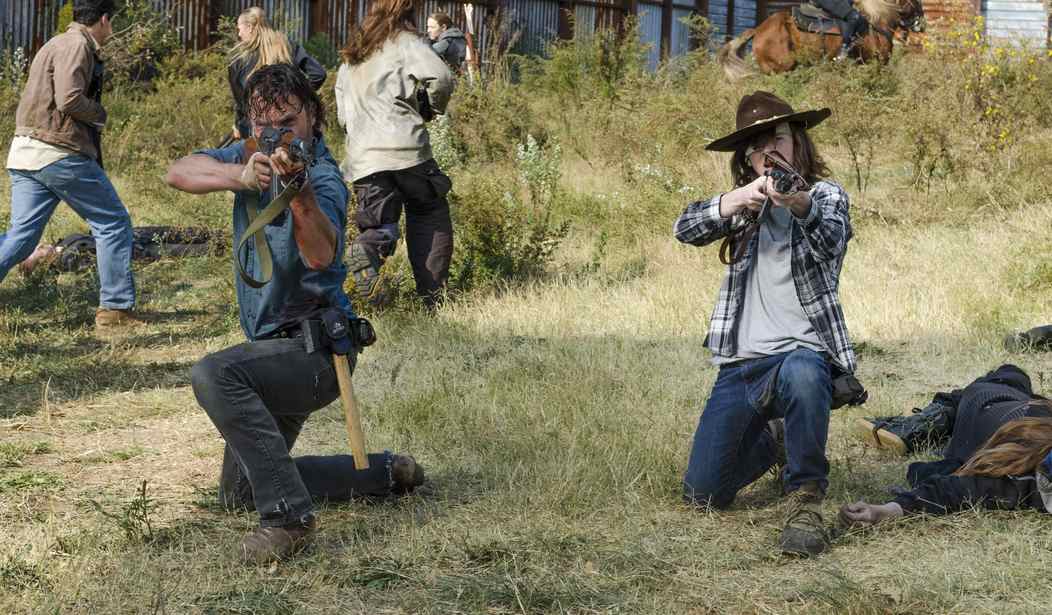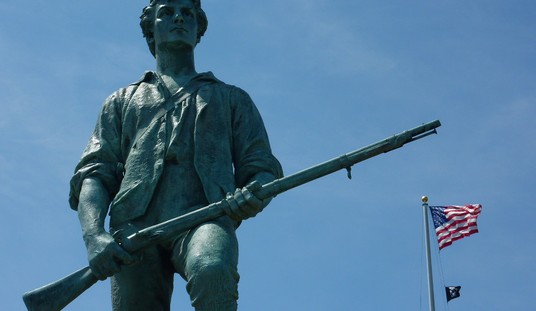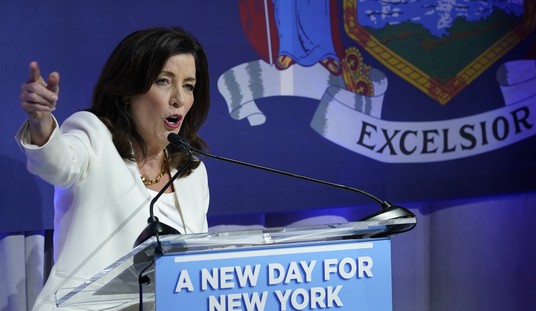I suppose we should be thankful when anti-gun activists come up with a proposal that doesn’t directly infringe on our right to keep and bear arms, but I still can’t get behind the not-so-bright idea from a couple of higher ups at the Annenberg Public Policy Center of the University of Pennsylvania. Research director Dan Romer and Patrick E. Jamieson, who’s the head of the center’s Annenberg Health and Risk Communication Institute say it’s time to reduce shootings by “giving guns on TV the cigarette treatment,” claiming that one way to reduce demand for firearms is to stop showcasing them on television.
One might ask how guns are advertised to the public. You’ll never see an ad for a handgun or assault rifle on TV or hear it advertised on the radio, and it’s unlikely you’ll see an ad for one on Facebook. The main way that Americans learn about the use of guns is through the entertainment media of movies and TV. The gun industry saw this when the Dirty Harry movies showcased the .44 Magnum, a large and powerful handgun, which led to a jump in U.S. sales of the Smith & Wesson Model 29. Gun manufacturers learned that Hollywood would be pleased to use guns as product placements in its films and TV shows. In 2011, the handgun maker Glock even got a lifetime achievement award from the product placement-tracking site Brandchannel for its appearances in action movies.
In recent years, we have been examining trends in the use of guns in movies and TV. In one study, we found that the use of guns in top-grossing movies rated PG-13 — open to children of all ages — had increased to the point where their use was more frequent than in R-rated movies, the traditional home for such violence.
More recently, we examined trends in the use of guns for violent purposes in top-ranked primetime TV dramas, notably in the police, medical and legal genres. We found that from 2000 to 2018, the amount of gun violence doubled as a percentage of those shows. Even more concerning, the proportion of violence attributable to guns had also steadily increased over that period. A viewer of those shows will not only see the increasing use of guns but when there is violence, they’ll see guns as the weapon of choice for inflicting harm on others.
We compared the trend in TV gun violence with the proportion of U.S. homicides attributable to firearms over the same period. Here we saw some surprising parallels, especially for young people. The more TV shows portrayed the use of guns in violent scenes in a year, the greater the proportion of homicides committed with guns in that year. Although it did so for other age groups, the relation was strongest for those ages of 15-24.
Now, I see a few flaws in the pair’s research right off the bat. First, let’s note that violent crime in the United States actually dropped between 2000 and 2018, even though the amount of “gun violence” in television shows increased. That undercuts the entire premise of this study, but there are also a lot of other variables that the authors leave unmentioned.
How many 15-24 year olds were really watching the police, medical, and legal TV shows that the researchers tracked in their study? A 2013 story from Variety highlighted the 15 most popular shows for viewers aged 12-34, which may give us a sense of what’s popular, but I’d argue that the average taste of a 12-year old and a 34-year old is going to be very different when it comes to what they want to watch.
Still, if we want to use the Variety piece as a rough sketch, we find AMC’s The Walking Dead in first place, with 7.95 million viewers between the ages of 12 and 34. No doubt that’s a fairly violent show, but given that it isn’t a police procedural or a medical or courtroom drama, I don’t know that the academics even included it in their study. The other 14 shows on Variety‘s list, on the other hand, are mostly drama free. Duck Dynasty was a close second to The Walking Dead in terms of popularity, and while there were plenty of guns featured on the show, they were never used in acts of violence.
Only two other shows in the Top 15 for younger viewers regularly featured firearms; Breaking Bad and Sons of Anarchy. Meanwhile, Teen Mom II was also one of the most popular shows for young viewers, but its popularity didn’t coincide with an increase in the teen pregnancy or birth rates.
The most troubling part of Romer and Jamieson’s analysis is that the pair appear to be bothered by even “virtuous” use of firearms on television; i.e. when characters are clearly acting in self-defense or defense of others. First, they showed scenes from movies and television shows to parents:
When the guns were used to protect one’s family or others, their use was seen as acceptable for viewing by adolescents ages 15 and older. When guns were used by less noble characters, their use was frowned upon. So, the defense of self or others when using guns is often seen as virtuous and portrayed by glamorous characters, such as James Bond.
To see if the same pattern holds for young people, we conducted an experiment using an fMRI scanner and showed similar scenes to 18- to 22-year-olds. When they saw seemingly virtuous gun violence, their brains registered activation in regions that signal approval. When they saw gun violence that was committed for less virtuous reasons, their brains registered activation in regions that often coincide with dislike.
Using a guns to protect one’s family or others is “seemingly virtuous”? Give me a break. And let’s not ignore the pair’s findings that when teens were exposed to defensive gun uses, they approved, but when they saw guns being used in crimes, they disapproved. That would also seemingly cut against the argument that simply seeing guns depicted on television leads to more violent crime.
It’s clear from Romer and Jamieson’s editorial that the pair (and presumably their employer) want to make even legal gun ownership and defensive gun uses undesirable, and they want to enlist the power of the federal government to lean on Hollywood to make some changes.
Just as Hollywood used cigarettes to depict exciting characters, it is using guns and violence to attract audiences. As research shows, entertainment with violence draws big audiences. If Biden wants to reduce the demand for guns, the government should consider funding more research into how gun use in the movies and on TV may be glamorizing such weapons — and influencing vulnerable youth to view guns as the way to protect themselves.
It’s easier to destroy the Second Amendment if you raise a generation to believe that self-defense with a firearm is bad, and that’s what Romer and Jamieson envision. Too bad for them (but good news for the rest of us) that recent polls show cratering support for gun control among voters aged 18-29.









